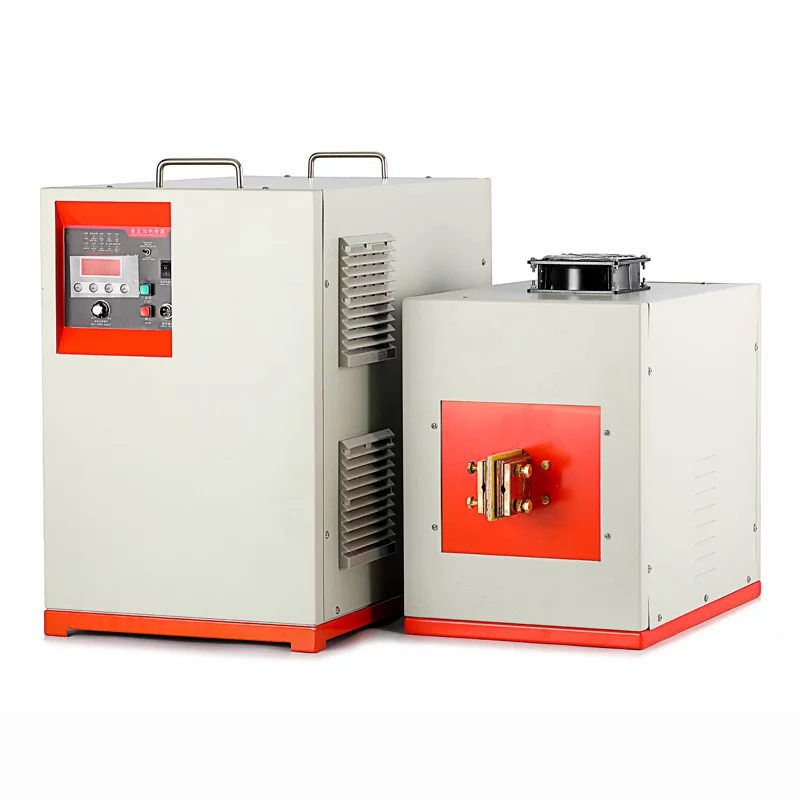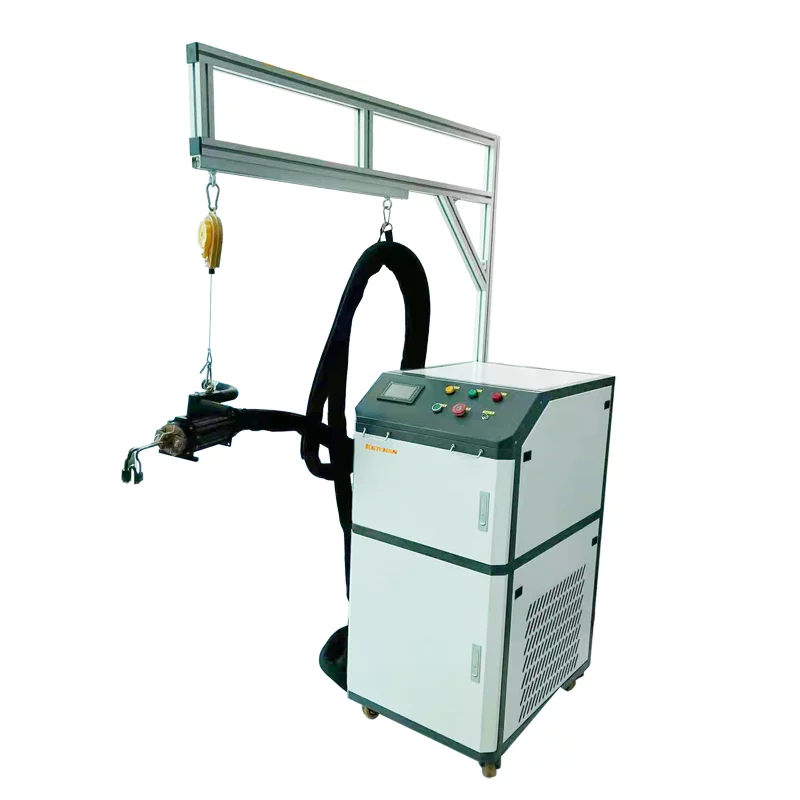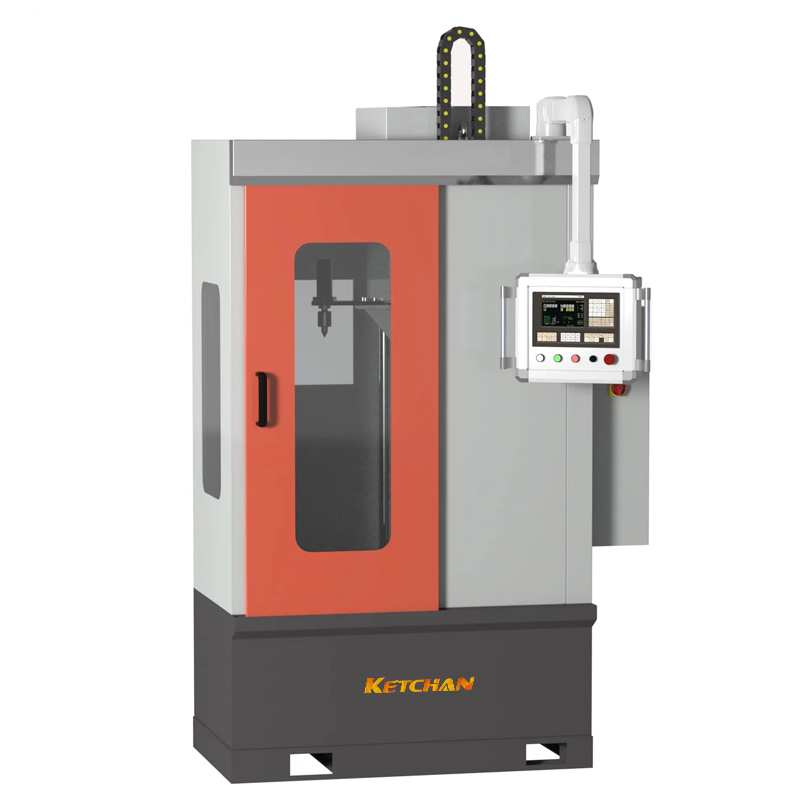Annealing
The heat treatment process in which steel specimens are heated to an appropriate temperature, and then cooled slowly after holding for a certain period of time, so as to obtain the structure in a near-equilibrium state is called annealing. Depending on the chemical composition of the material and the purpose of the heat treatment. Annealing can be divided into complete annealing, incomplete annealing, stress-relieving annealing, isothermal annealing, spheroidizing annealing and so on.
Complete annealing and weighing crystallization annealing are performed by heating the workpiece to Ac3 above 30 ~ 50℃ and cooling it slowly in the furnace after holding the heat.
Its purpose is to uniform structure, eliminate stress, reduce hardness, and improve machining performance.
It is mainly used for casting and forging of carbon steel and alloy steel in various kinds of eutectoid steel, and sometimes welding structural parts as well.
The completely annealed structure is a balanced structure (F+P) close to the fe-FE3C phase diagram.
Incomplete annealing is a method of slow cooling after heating the workpiece to Ac1 above 30 ~ 50℃.
Its main purpose is to reduce hardness, improve machining performance, eliminate internal stress.
Forgings and rolled pieces of low alloy steel and medium and high carbon steel.
Stress relief annealing (PWHT) is a method to heat the workpiece to 100 ~ 200℃ below AC1, and then cool it slowly after holding the heat, so that the workpiece will produce a plastic deformation or creep deformation, resulting in stress relaxation.
Its purpose is to eliminate the internal stress caused by welding, cold deformation processing, casting, forging, and other processing methods, and at the same time can make the hydrogen of the welding seam more completely diffused, improve the crack resistance and toughness of the welding seam, in addition, improve the welding seam and the heat-affected zone.
Normalizing
Normalizing is a heat treatment process in which the workpiece is heated to 30 ~ 50℃ above Ac3 or Acm and kept for a certain time and then cooled in the air.
The purpose of normalizing and annealing is basically the same, which is to refine grain, uniform structure, and reduce stress.
Different from annealing, normalizing has a faster cooling speed and a higher degree of subcooling, which is easy to increase the pearlite volume in the tissue and reduce the thickness of the pearlite sheet layer. Therefore, the strength, hardness, and toughness of steel after normalizing are higher than those of annealed steel.
Ultrasonic testing of some forgings with the coarse grain will attenuate the sound energy of the forgings, which can be improved by normalizing treatment.
Quenching
Quenching means that steel is heated to a critical temperature above (generally, subeutectoid steel is above Ac3 30 ~ 50℃; Hypereutectoid steel is Ac1 above 30 ~ 50℃), after appropriate heat preservation, rapid cooling, the austenite into martensite process.
The purpose is to obtain martensite structure through quenching to improve the hardness and strength of the material, which is beneficial to bearing, mold, and other workpieces, but the boiler and pressure vessel material and weld microstructure do not want to appear martensite.
Surface hardening
The surface quenching of the flame heating surface and the induction heating surface makes the surface layer of the parts have higher strength, hardness, and endurance than the heart while the heart has certain toughness. Such as bearing roller, shaft, etc
Tempering
Tempering is the process of heating hardened steel to an appropriate temperature below Ac1, holding it for a certain period of time, and then cooling it by a suitable method (usually air cooling) to obtain the desired structure and properties.
The purpose of tempering is to reduce the internal stress of the material and improve its toughness. By adjusting tempering temperature, different degrees, strengths, and toughness can be obtained to meet the required mechanical properties. In addition, tempering can stabilize the size of the workpiece and improve machining performance.
150℃ ~ 250℃ Low temperature tempering. The tempered martensite obtained has higher hardness and wear resistance. It is mainly used for low temperature tempering treatment of tools, measuring tools, and ball bearings made of high carbon steel.
Moderate tempering at 300℃ ~ 450℃.The tempered troosite obtained has a certain elasticity, toughness, and high hardness. Mainly used in die, spring, and other medium temperature tempering treatment.
500℃ ~ 680℃ high temperature tempering. The tempered soxhlet obtained has a certain strength, high plasticity, and toughness. The heat treatment of quenching and tempering at high temperatures is also called “tempering treatment”.Many mechanical parts, such as gears and crankshafts, need to be quenched and tempered. Some low-alloy high-strength steel plates used in special pressure equipment are also quenched and tempered.
Solution treatment and stabilization of austenitic stainless steel
The austenitic stainless steel heating to 1050 ~ 1100 ℃, the temperature of carbon in solid solution in the austenite), insulation between certain (about every 25 mm thickness is not less than 1 hour), and then quickly cooled to below 427 ℃ (from 925 ℃ to 538 ℃ cooling times is less than 3 minutes), to obtain a homogeneous austenitic organization, this method is called the solid solution treatment cr-ni austenitic stainless steel, its low strength and hardness and better toughness, and high corrosion resistance and good high temperature performance.
For cr-Ni-Austenite stainless steels containing titanium or niobium, to prevent intercrystalline corrosion, all carbon in the steel must be fixed in titanium or niobium carbide. The heat treatment for this purpose is called stabilization. The stabilization process is: the workpiece is heated to 850 ~ 900℃, heat preservation for 6 hours, in the air cooling or slow cooling.
Stabilization treatment is only suitable for cr-Ni austenitic stainless steels containing titanium or niobium.





